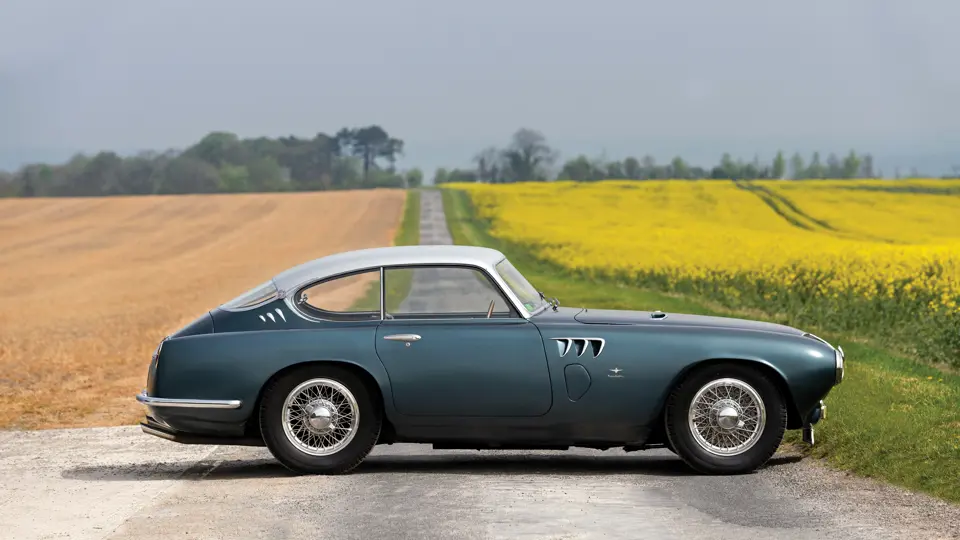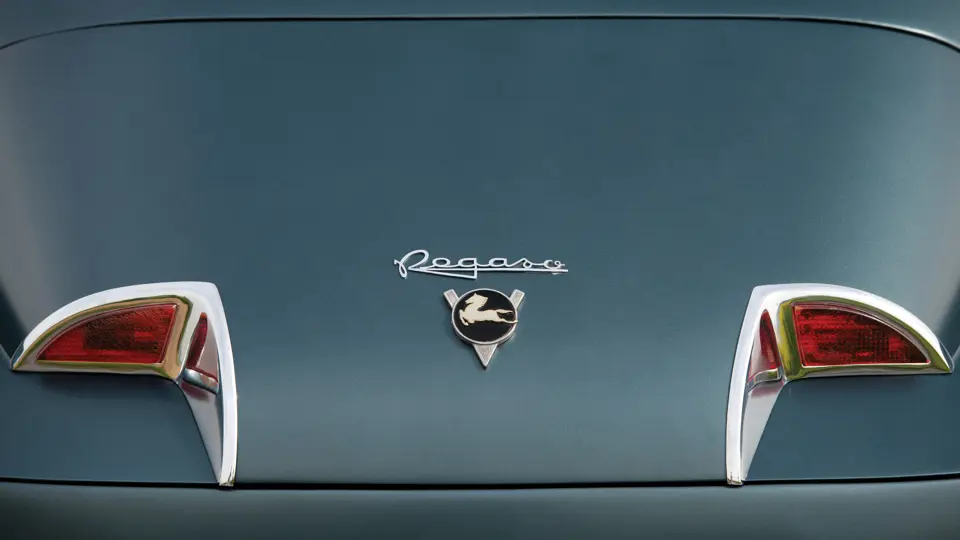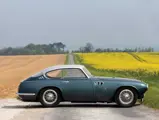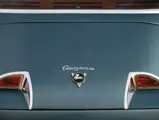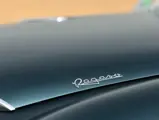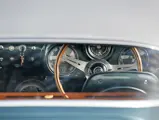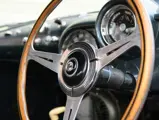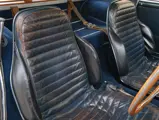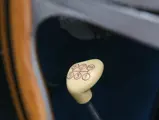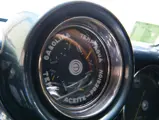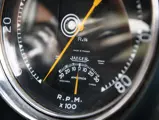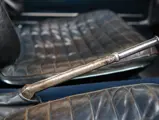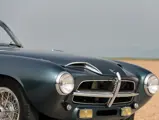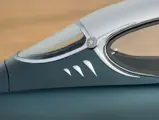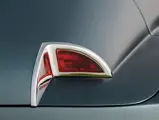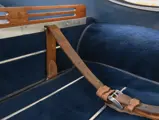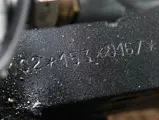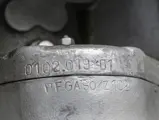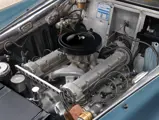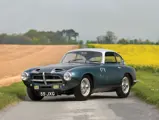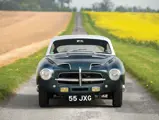
1955 Pegaso Z-102 Berlinetta Series II by Touring
{{lr.item.text}}
€550,000 - €700,000 EUR | Not Sold
{{bidding.lot.reserveStatusFormatted}}
- Offered from the ownership of Douglas Blain
- One of the last Z-102s built; the seventh of ten Series IIs by Touring
- An extraordinary example of early ‘50s design
- Technologically advanced beyond its years with a dry-sump quad-cam engine
- One of the finest and most original examples in existence, retaining its original interior
- Sympathetically restored and mechanically rebuilt
- Proveniente dalla proprietà di Douglas Blain
- Una delle ultime Z-102 costruite; la settima, di dieci, Serie II di Touring
- Uno straordinario esempio di design degli inizi degli anni '50
- Tecnologicamente avanzata per i suoi anni, con un motore a carter secco e 4 alberi a camme
- Uno degli esemplari più belli e originali esistenti, conserva ancora il suo interno originale
- Restaurata in modo attento, meccanica totalmente revisionata
Finding itself in an isolated position in post-war Europe, General Franco’s government sought to promote Spanish interests. Producing a world-beating sports car appeared to be one of the best methods of doing this. It also seemed like a recipe for disaster; a totalitarian dictator striving for national pride. However, using the former Hispano-Suiza factory at Barcelona and an extremely talented former Alfa Romeo engineering team led by Don Wifredo Ricart, the result was the Pegaso Z-102. It became one of the most extraordinary cars ever produced.
Ricart’s main coachbuilder of choice was Carrozzeria Touring of Milan with their Superleggera technique, which produced a relatively lightweight alloy-bodied car suitable for competition whilst presenting as one of the most luxurious cars of the immediate post-war period. The engineering underneath was also extremely advanced calling on ideas Ricart had developed from his time at Alfa Romeo in the 1930s as Chief Engineer for Special Projects. The Z-102 featured an innovative chassis using stress-bearing inner panels and a five-speed transaxle with the engine situated right against the bulkhead, which produced a car with 50/50 weight distribution. The suspension utilised the best ideas of the time with torsion bar double-wishbone suspension at the front with a De Dion rear axle. The greatest engineering marvel of the Z-102 was the all-alloy V-8 engine, arguably the most advanced road car engine ever produced at the time; it had 32 valves actuated through four gear-driven cams, all lubricated using a dry-sump system with the only two outsourced components being Weber carburettors and Bosch magneto.
This wonderful example, chassis number 67, is a rare Series II example benefitting from having the largest-displacement 3.2-litre engine. Delivered new with Superleggera coachwork by Touring (the same entirely original body that it carries today), this Z-102 was registered NA 11-095 with its first owner, a wealthy associate of Franco and the owner of Urra SAE in Pamplona. By the early 1960s, the Pegaso had passed to its second owner, Alejandro Espino of Palencia, a racing driver who raced it on the 1961 Rally RACE, the Spanish equivalent of the Mille Miglia, before using it again on the 1962 editions of Rally de San Antolin and Rally de la Toja. By the early 1990s, it was owned Dr F. Aguilera Novo of Pamplona who showed it at Barcelona’s Auto Retro in 1993.
Moving into the current ownership of Douglas Blain in 2007, chassis 67 has been restored and maintained with little regard to expense. The restoration was carried out by the Light Car Company, well-known for looking after important Ferraris, who completely rebuilt the drivetrain with particular attention paid to the complex steering linkage and transaxle. The full engine rebuild was entrusted to Formhalls who replaced the crankshaft and other internals and rebuilt all the ancillaries. The cosmetic aspects were tended to by the Light Car Company as well, who took particular care in preserving the beautiful patina of the original interior whilst restoring the exterior, making sure that this very original Pegaso has the authentic feel and appearance of a 64-year-old car with an appropriate bare-metal repaint in the original colour scheme.
The current owner, Douglas Blain, is better known as the co-founder and founding editor of Car magazine during the period which brought journalists such as LJK Setright to the fore; he also founded the Spitalfields Trust credited with preserving this historic area of London, and is now publisher of The Automobile. His experience of driving many of the world’s great cars, coupled with his discerning taste, brought him to Pegaso ownership, and his eye for detail has only helped make this Pegaso Z-102, one of the best examples in existence. During his ownership, he has shown this Pegaso by invitation at both the Heveningham Concours and Goodwood Cartier Style et Luxe as well as at the special exhibition Pegaso: The Forgotten Marque, at Autoworld, Brussels in 2018. This Pegaso would make an ideal concours entrant for the next owner and is eligible for the most prestigious racing events.
This stunning masterpiece of ‘50s design is as thrilling to drive as it is to look at and is ready to be enjoyed by its next owner. An extremely rare example of one of the great early post-war sports-racing cars, this highly original Pegaso is an opportunity not to be missed, a car that could rightfully reside in any of the world’s great collections.
Trovandosi in una posizione isolata nell'Europa del dopoguerra, il governo del generale Franco cercò di promuovere gli interessi spagnoli. Produrre un'auto sportiva in grado di battere il resto del mondo, sembrava essere uno dei modi migliori per farlo. Sembrava anche la ricetta per un perfetto disastro, con un dittatore totalitario che lotta per l'orgoglio nazionale. Tuttavia, utilizzando la vecchia fabbrica Hispano-Suiza di Barcellona e un team di ingegneri ex-Alfa Romeo di grande talento, guidati da Don Wifredo Ricart, il risultato è stato quello di creare una delle auto più straordinarie mai prodotte: la Pegaso Z-102.
Il principale carrozziere scelto da Ricart, era la Carrozzeria Touring di Milano, con la sua tecnica Superleggera. Touring era in grado di costruire una carrozzeria in alluminio relativamente leggera, adatta per le competizioni, facendola comunque rimanere una delle più lussuose del primo dopoguerra. Anche l'ingegneria di base era estremamente avanzata e sfruttava idee che Ricart aveva sviluppato nel suo periodo all'Alfa Romeo, negli anni '30, come Ingegnere Capo per i progetti speciali. La Z-102 può quindi sfoggiare un telaio innovativo che utilizza pannelli interni portanti in acciaio stampato, cambio transaxle a cinque velocità ed il motore posizionato proprio contro la paratia parafiamma, soluzioni che hanno permesso di ottenere un'auto con una distribuzione di peso del 50/50. Le sospensioni utilizzavano le migliori soluzioni dell’epoca, con, all’anteriore un doppio braccio trasversale a barra di torsione mentre, l’assale posteriore era del tipo De Dion. La più grande meraviglia ingegneristica della Z-102 è, comunque, il motore V-8 completamente in alluminio, probabilmente il motore da strada più avanzato che fosse mai stato prodotto all'epoca; con 32 valvole azionate attraverso quattro alberi a camme azionati da ingranaggi, è lubrificato con il sistema a carter secco. Gli unici due componenti esterni, erano i carburatori Weber ed il magnete della Bosch.
Questo meraviglioso esemplare, telaio numero 67, è una rara vettura della seconda serie, che beneficia del motore più grande, di 3,2 litri di cilindrata. Consegnata nuova con carrozzeria Superleggera di Touring (la stessa, ancora completamente originale che indossa oggi), questa Z-102 è stata targata NA 11-095 dal suo primo proprietario, un ricco socio di Franco e proprietario della Urra SAE a Pamplona. All'inizio degli anni '60, la Pegaso passò al suo secondo proprietario, Alejandro Espino de Palencia, un pilota che con lei corse il Rally RACE del 1961, l'equivalente spagnolo della Mille Miglia, prima di utilizzarla nuovamente nelle edizioni del 1962 del Rally di San Antolin ed il Rally de la Toja. All'inizio degli anni '90, era di proprietà del dott. F. Aguilera Novo di Pamplona, che l’ha esposta all'Auto Retro di Barcellona nel 1993.
Entrata nell'attuale proprietà di Douglas Blain nel 2007, la vettura telaio 67, è stata restaurata e mantenuta senza troppa attenzione ai costi. Il restauro è stato effettuato dalla Light Car Company, nota per i suoi lavori su importanti Ferrari, che ha completamente ricostruito la trasmissione, con particolare attenzione al complesso leveraggio dello sterzo e al transaxle. La ricostruzione completa del motore è stata affidata alla Formhalls, che ha sostituito l'albero motore e altri componenti interni e ha ricostruito tutti gli accessori. Anche gli aspetti estetici sono stati curati dalla Light Car Company, che ha avuto particolare cura nel preservare la bellissima patina degli interni originali mentre ripristinava l'esterno, assicurandosi che questa Pegaso, ancora molto originale, mantenesse la giusta patina e l'aspetto autentico di una vettura di 64 anni, eseguendo una riverniciatura completa, nei colori originali, dopo aver portato il metallo a nudo.
L'attuale proprietario, Douglas Blain, è meglio conosciuto come co-fondatore e direttore della rivista Car, durante il periodo che ha portato alla ribalta giornalisti come LJK Setright. Blain ha anche fondato la Spitalfields Trust, conosciuta per la sua opera di preservazione di questa storica area di Londra ed è ora direttore di The Automobile. La sua esperienza di guida di molte delle più importanti auto del mondo, unita al suo gusto attento, lo hanno portato alla proprietà di questa Pegaso che, il suo occhio per i dettagli ha contribuito a rendere una delle migliori Z-102 esistenti. Durante la sua proprietà, ha accettato l’invito a mostrare la sua Pegaso sia all'Heveningham Concours sia al Goodwood Cartier Style et Luxe, sia alla speciale mostra dedicata a Pegaso, The Forgotten Marque, all'Autoworld di Bruxelles nel 2018. Questa Pegaso può diventare, per il suo futuro proprietario, la perfetta vettura da presentare ai concorsi così come quella da usare nei tanti, prestigiosi, eventi sportivi in cui è la benvenuta.
Questo straordinario capolavoro del design degli anni '50 è tanto entusiasmante da guidare quanto da guardare ed è pronto per essere apprezzato dal suo prossimo proprietario. Esemplare estremamente raro di una delle grandi auto sportive del primo dopoguerra, questa Pegaso molto originale è un'occasione da non perdere; un'auto che potrebbe risiedere legittimamente in una qualsiasi delle più grandi collezioni del mondo.
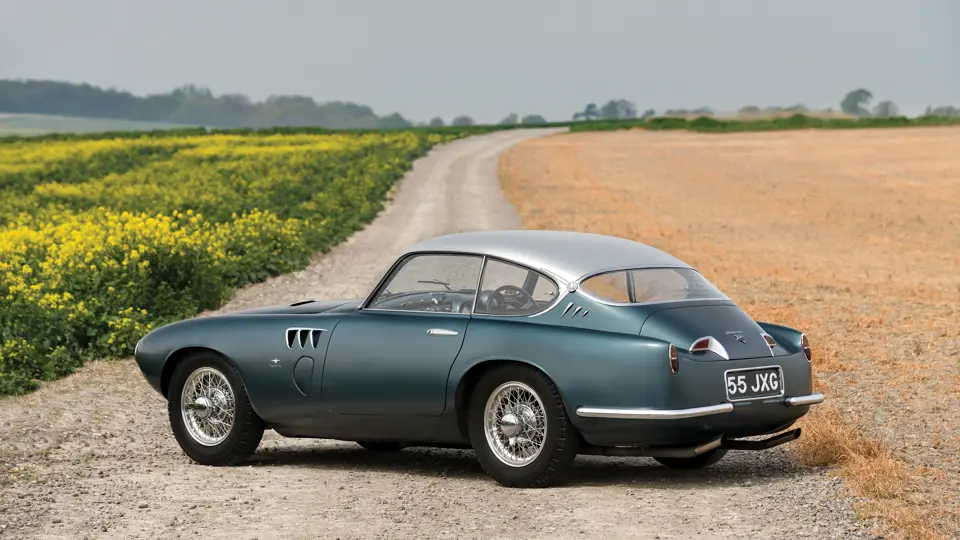




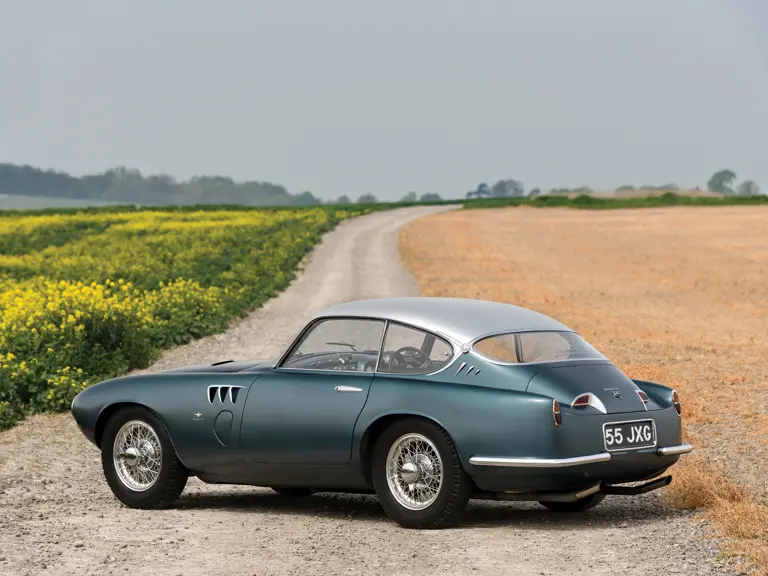

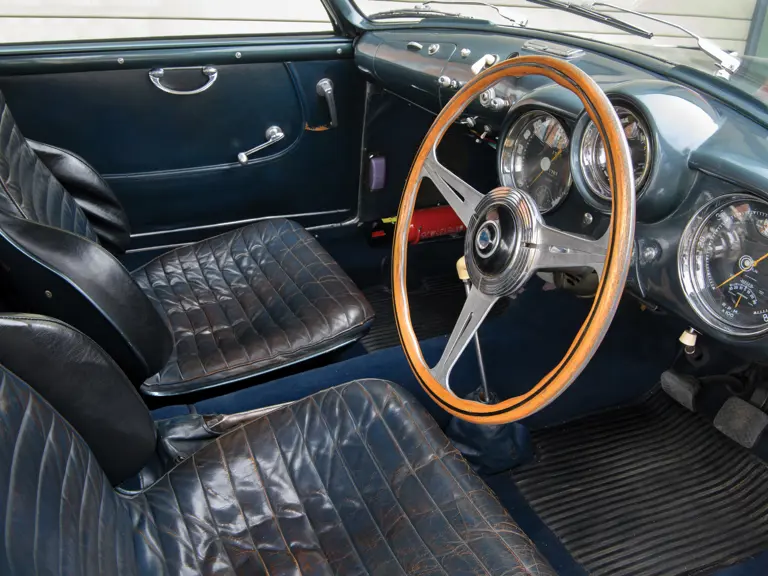


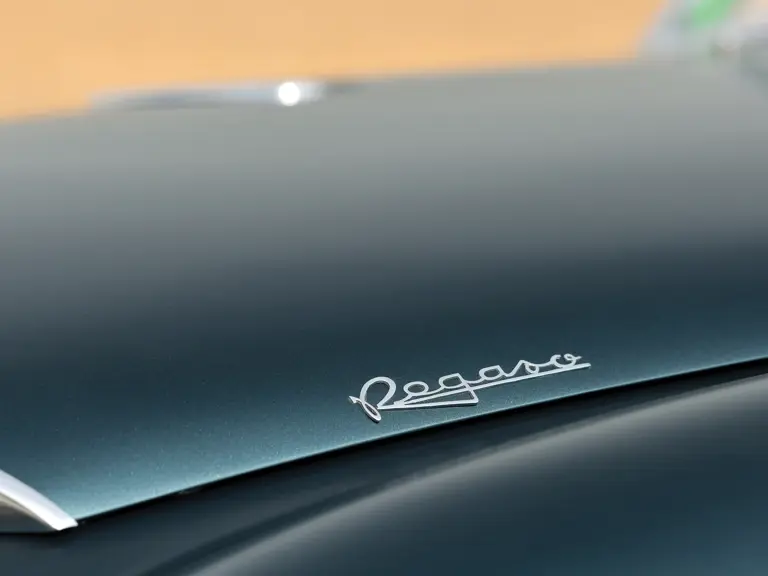
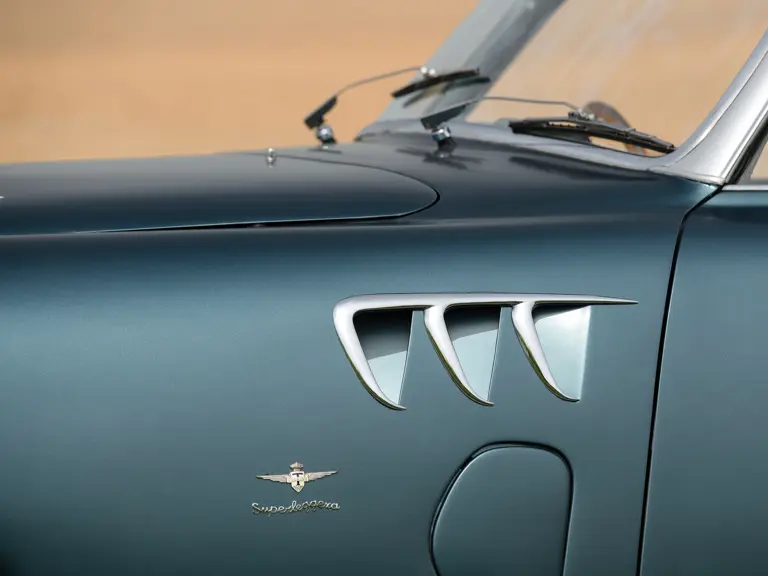
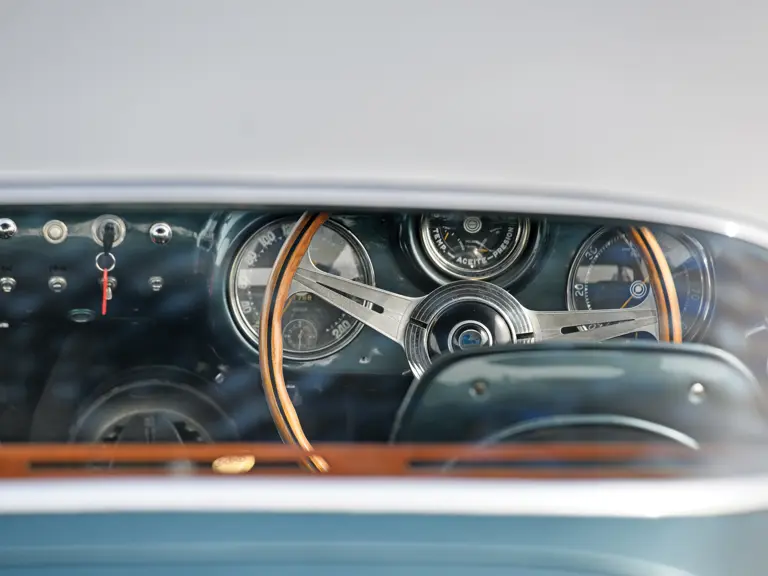




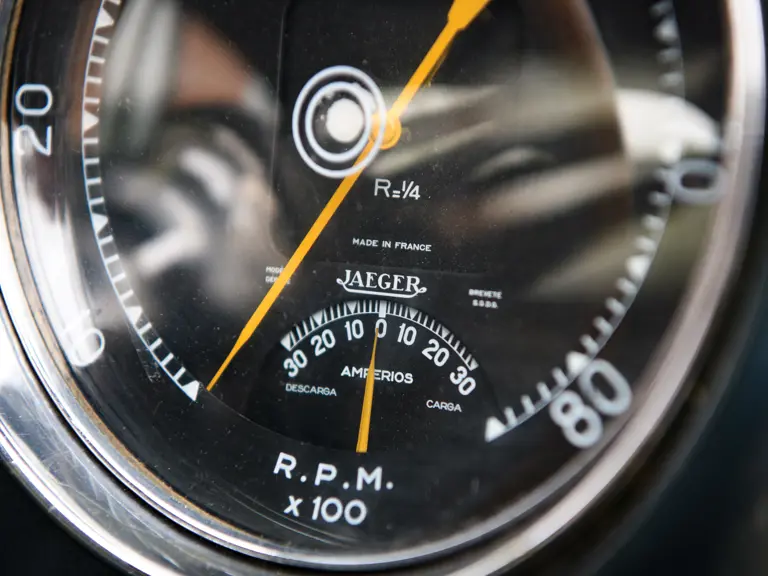
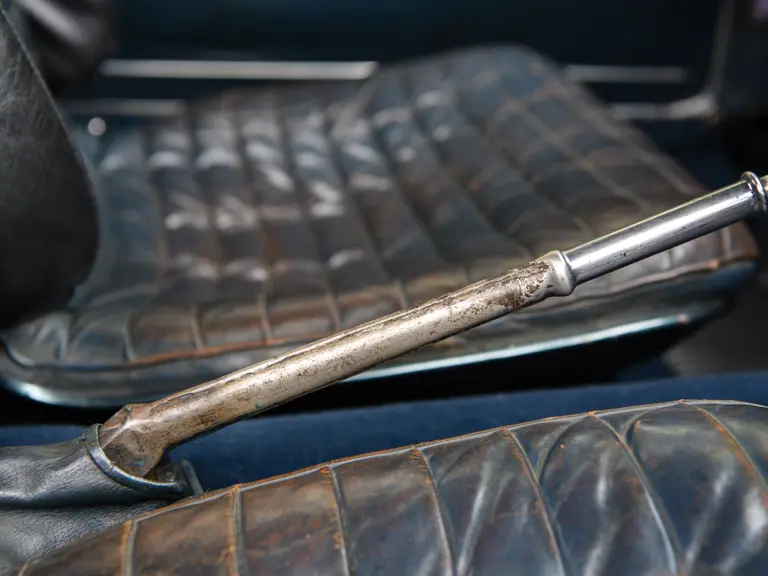
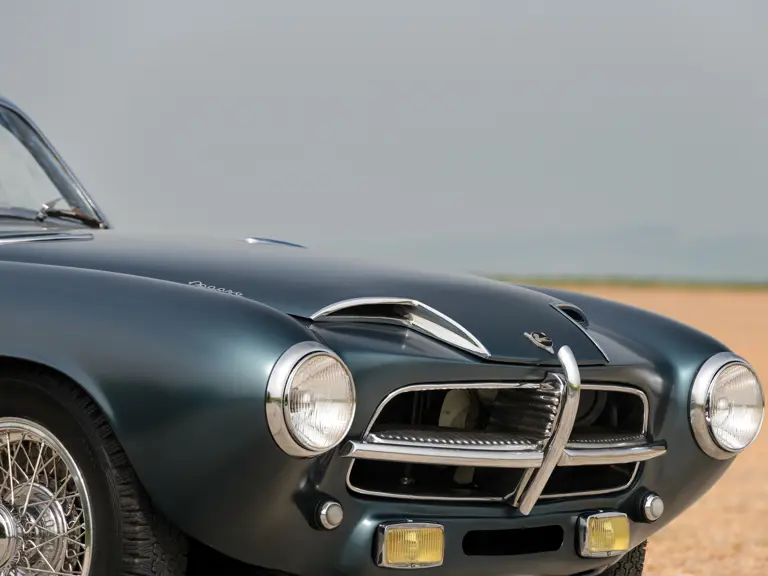
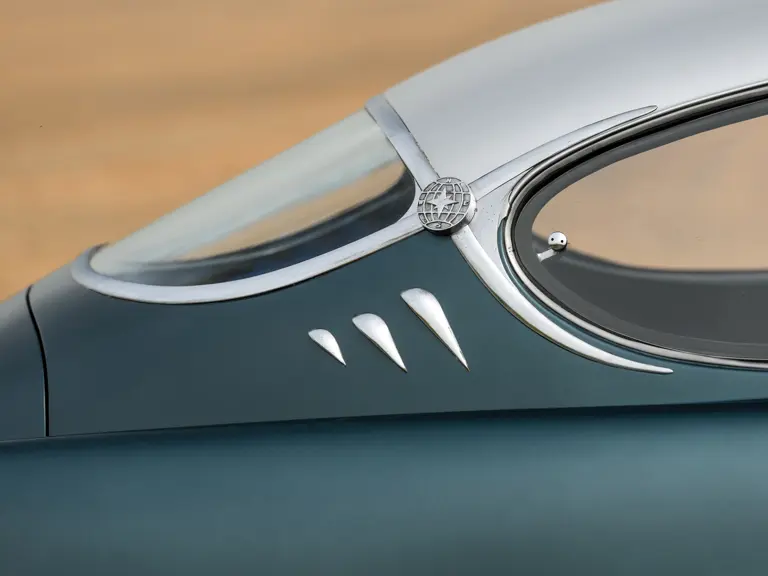
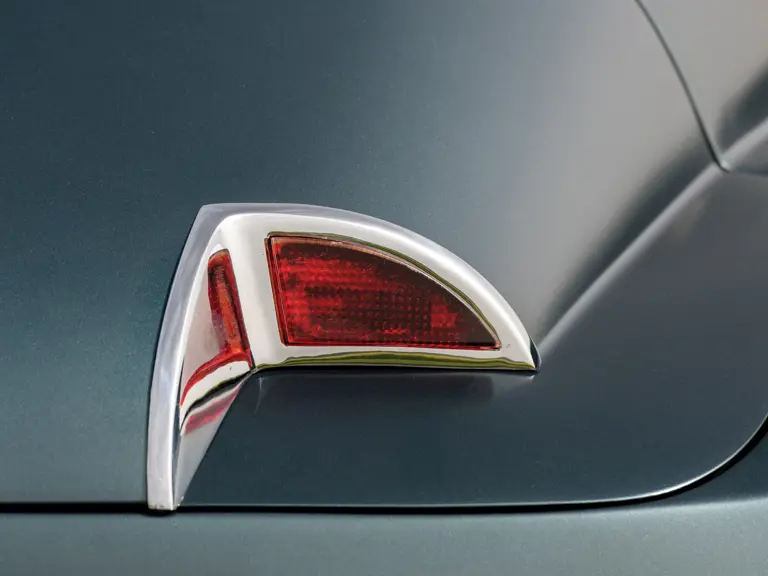
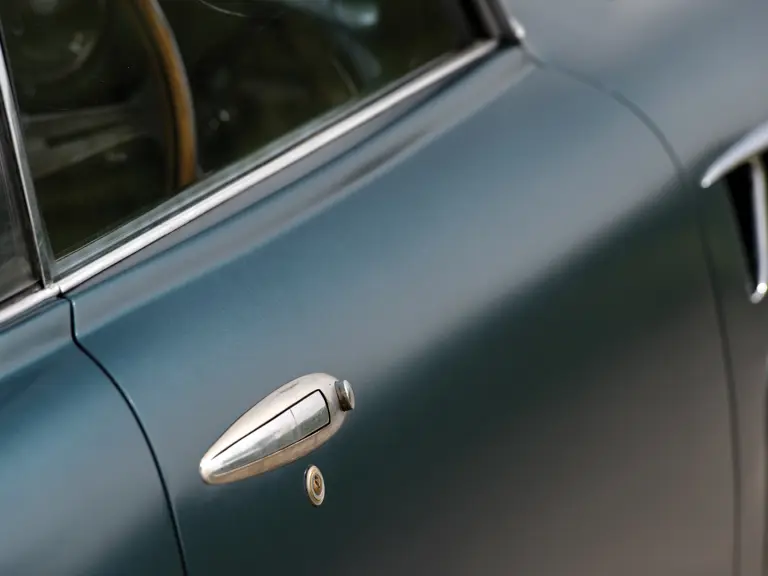
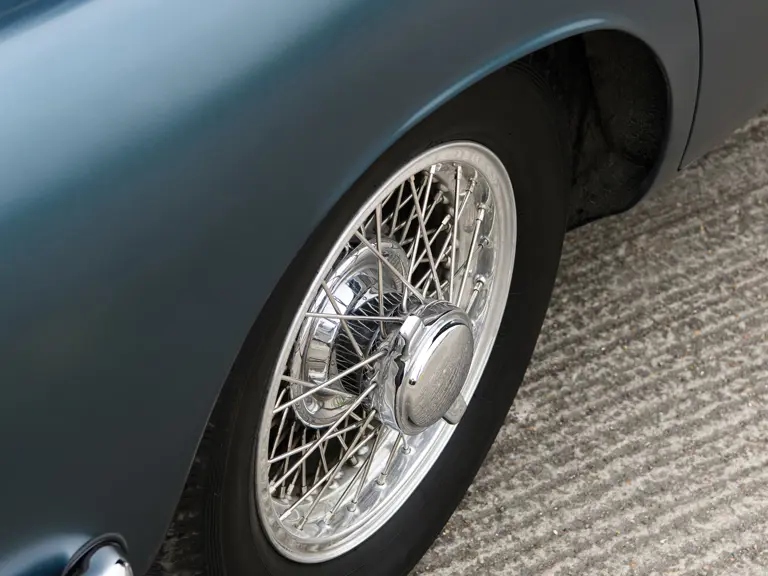
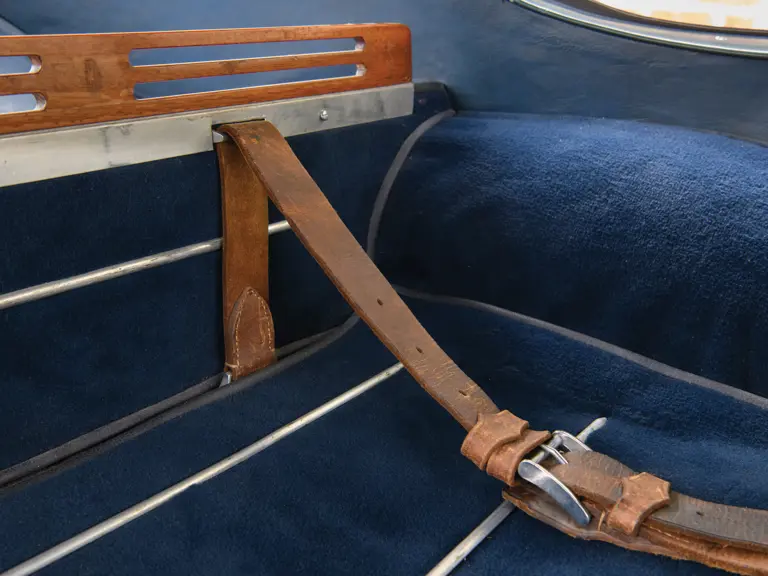
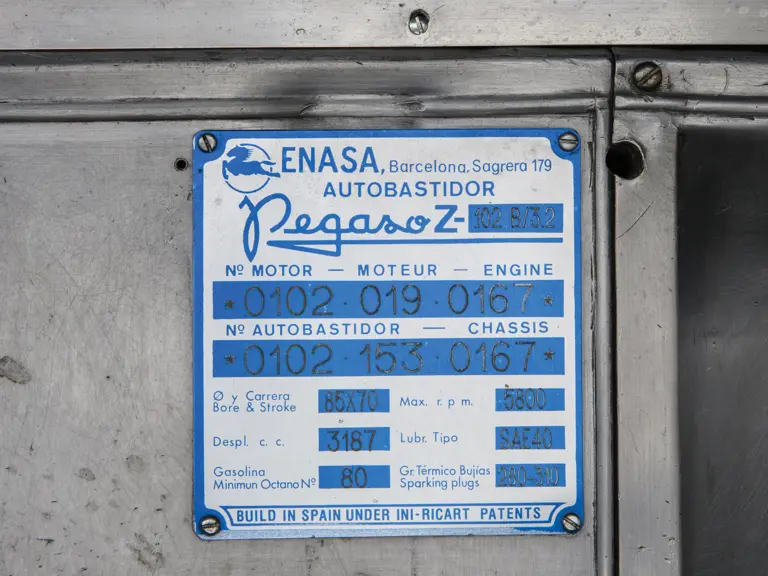
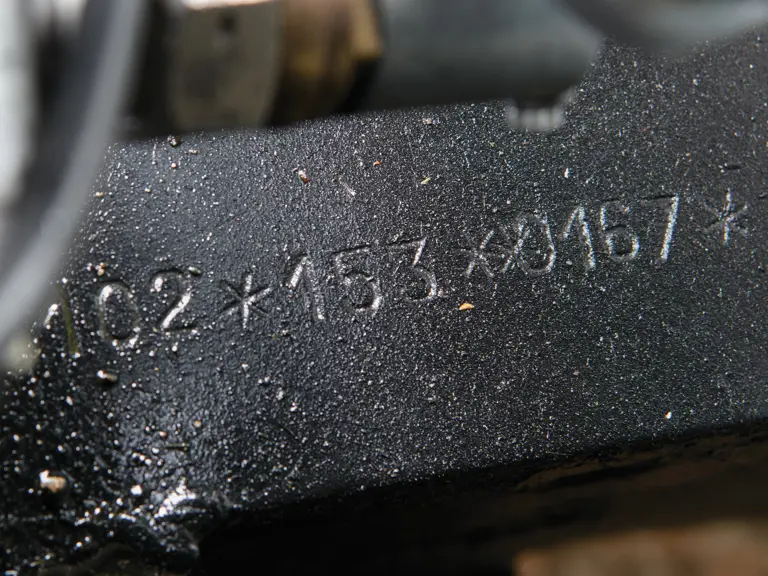
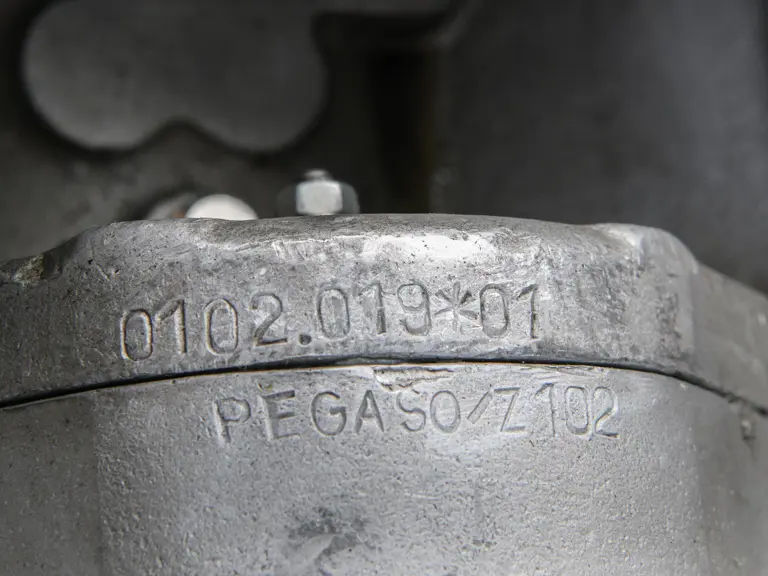
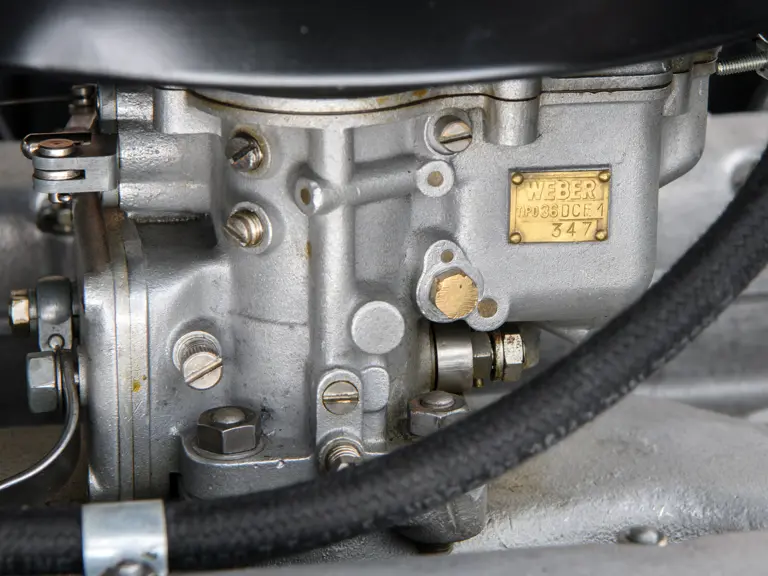
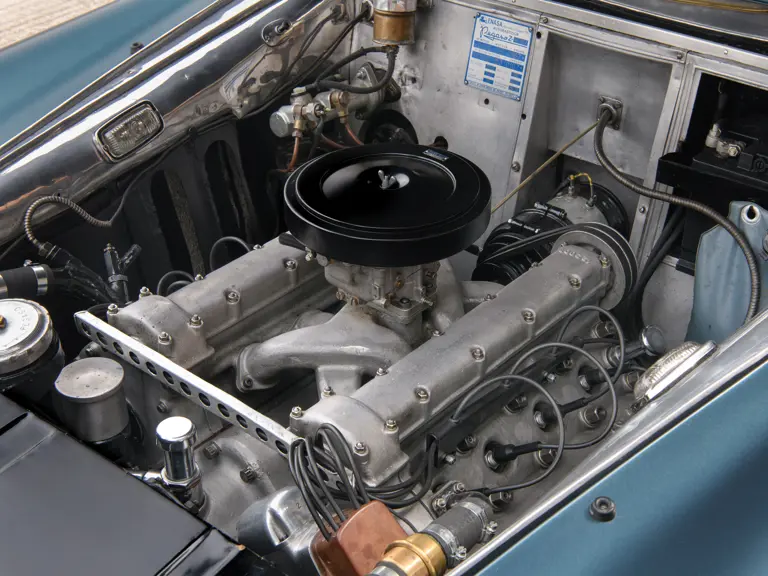

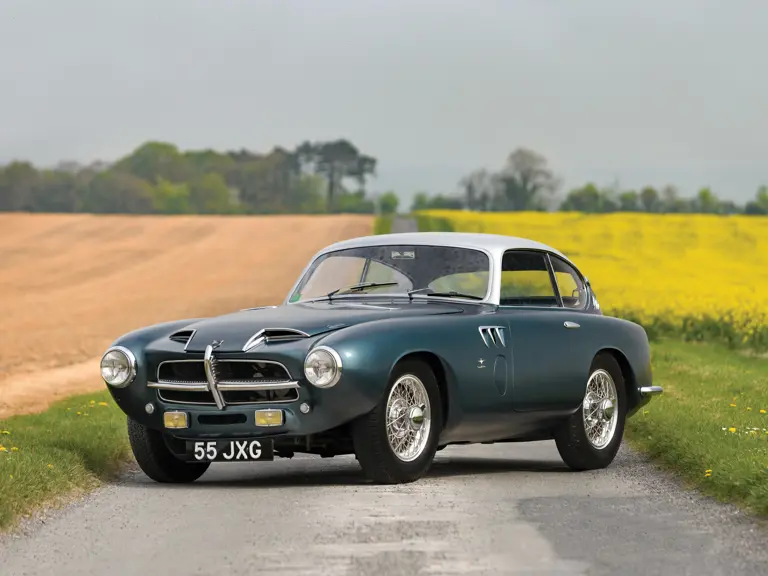

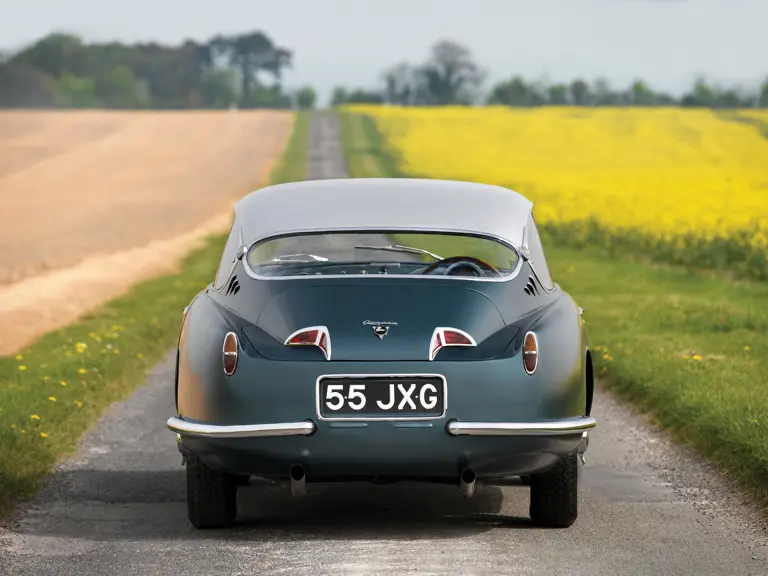
 | Cernobbio, Italy
| Cernobbio, Italy
